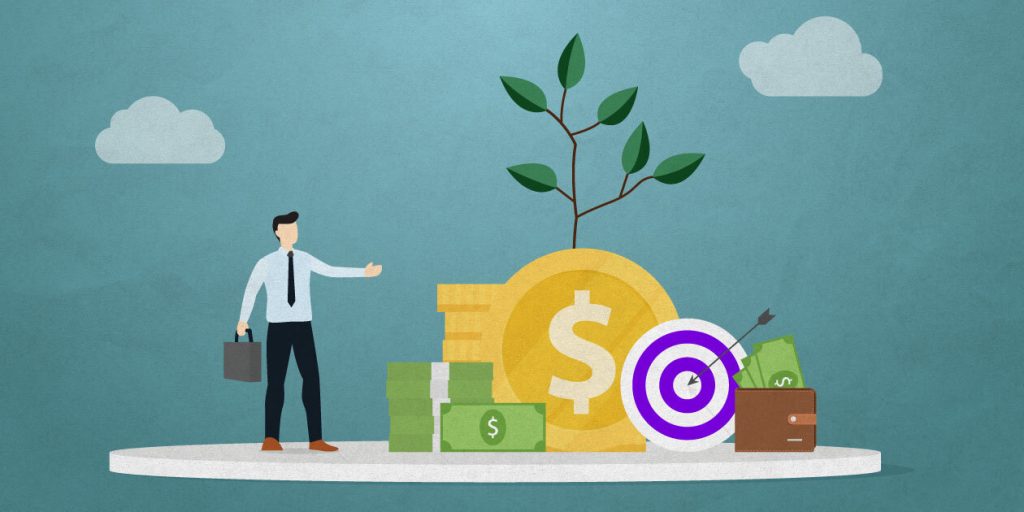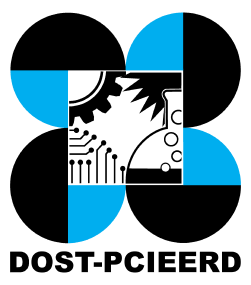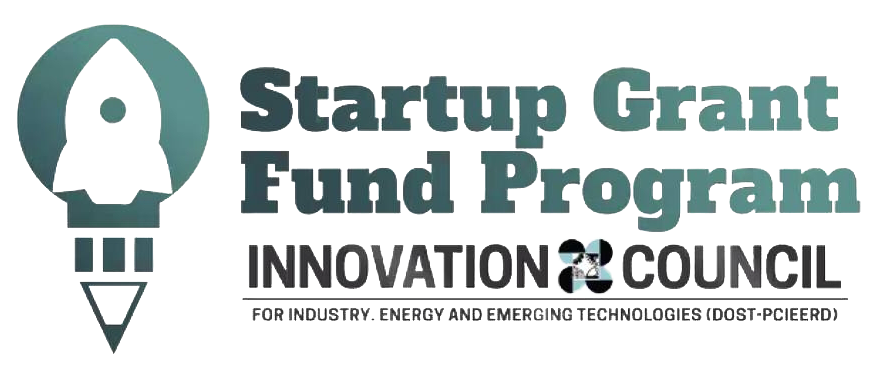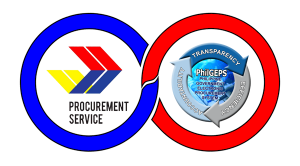
One of the biggest misconceptions that Filipinos have about debt is that it is bad or unwise for your finances. Depending on how you utilize debt, it is somewhat true, but it is not completely. There are two kinds of debt: good debt and bad debt. Good debt allows you to utilize loans in building your wealth, assets, and investments. While bad debt burdens your finances from loans that do not increase wealth, or purchases that do not hold long term value. In this article we will talk about the difference of good debt vs bad debt, its examples and how having a credit card isn’t really bad for you.
Good Debt vs Bad Debt
Good debts are debts that can be paid regularly or paid within the said loan agreement without breaking your budget or bank account, or debts that can potentially contribute to wealth growth.
Bad debts are debts that places you in financial burden or debts that depreciates its value in the long term.
What is Considered Good Debt
Good debts are debts that can be paid regularly without breaking your budget or bank account. As mentioned earlier, debts that are utilized to increase your wealth, assets, or investments are considered good debt. These kinds of debts won’t put you in financial burden and opens opportunities for income generating activities. Here are a few examples of good debt:
Examples of Good Debt
- Business Venture
Borrowing money from the bank for starting or growing your business is called business financing. This allows you to start or grow your business venture without spending huge amounts of money for upfront capital. Owning a business is an asset to your investment portfolio and can potentially generate income and profit, which makes business debt a good debt.
If you’re looking for business financing with 0% interest rates, Shoppable Business, a B2B eCommerce marketplace in the Philippines can provide you with business financing up to P150,000.00 without the worries of interest through its Buy now, Pay Later (BNPL) program.
- Education
Loaning for your education is regarded as an investment to your future. A student loan is a type of loan issued to borrowers who need funding for their education, typically for college students. A student loan is considered good debt because obtaining a college degree can increase your earning potential and open up career opportunities.
The Commision on Higher Education (CHED) and the Development Bank of the Philippines (BPD) launched a program for college students that offers short-term loans in funding their tuition fees in 2019. There are also banks like BDO, BPI, LandBank, and private companies such as InvestEd and Bukas.ph.
- Mortgage
Buying a property such as homes, apartments, or commercial properties is a great investment. Getting a mortgage on real estate properties is considered good debt because it allows you to own a flexible property that appreciates in value. It can afford you to rent out said property, allowing you to generate income, profit, and pay back the bank from your mortgage. Or you can choose to utilize the property for personal use. Either way, no matter how you want to utilize the property, its value appreciates overtime.
What is Considered Bad Debt
Contrary to good debt, bad debt does the opposite. Bad debt is considered as purchases that don’t appreciate value in the long term or debt that places you in financial burden. An example of bad debt is loaning a purchase that is way too expensive for your salary to afford without the potential of generating income. To help you understand better, here are a few examples of bad debt:
- Car loans
Car loans aren’t totally necessarily considered bad debt, it is quite debatable. Cars can help you move around anywhere at your own comfort and convenience, except the endless traffic. Loaning a car that you only need with an amortization of at least 20% of your monthly income while paying your bills responsibly is not considered bad debt.
However, if you stretch your budget too thin by loaning and purchasing an expensive car with highly monthly payments relative to your monthly income, it can lead to financial burden, and that’s when a car loan becomes a bad debt.
- Retail loans
Taking out loans for retail purchases such as clothing, gadgets, electronics, or any consumer related purchases isn’t necessarily a bad debt. What makes retail loans a bad debt is the habit of purchasing an item without having the financial capability to pay within the month of purchase. This can lead to high interest rates, bad credit rating, and financial stress. When it comes to retail loans, it is generally considered wise to pay off the loan within the month or as soon as possible.
- High levels of credit card debt
Possessing a credit card is a privilege, but also bears heavy responsibility. Constantly swiping your credit cards on purchases influenced by impulse buying is not a wise way to handle your finances. Credit card debt in the Philippines surges in Q1 of 2023. “Bear in mind that a credit card is not ‘free money’,” CCAP executive director Alex Ilagan said.
Increase your creditworthiness using a credit card

Yes, you read that right. As mentioned earlier, having high levels of credit card debt has a negative impact on your financial health. But what if we tell you that there is a right way to utilize a credit card that would help you achieve positive financial health?
Getting a credit card is also a financial misconception that Filipinos make. Of course, there will be times in need to use a credit card such as emergencies. However, the key to utilizing a credit card is on the beholder itself. As mentioned earlier, possessing a credit card is a privilege, but also a responsibility. And using credit cards in a responsible manner will allow you to amp up your credit score. So, what is a credit score?
Your creditworthiness is scaled and calculated based on your credit score. A credit score is a metric of your credit ranging from 300-850. The higher your credit score, the more likely you are to be approved for loans in larger amounts and lower interest rates. Your credit score affects how well you pay your loans (like paying debt on time).
One way to amp up your credit score is by using your credit card when making a purchase that you can afford to pay within the month of its purchase. Buying a coffee? Eating out? Buying an iPhone? Use your credit card when making a purchase, then pay it in full the next day or within the month. By repeating this little hack, your credit score will go up little by little, affording you to get approved on loans quicker with lower interest rates!
Conclusion
Debt isn’t entirely bad, it’s how the borrower makes financial decisions and how they use it. Some won’t even dare to get into debt because of the fears of missing out on a payment, gaining interest, and spiraling down to more debts and financial burden, until they live their lives drowning in debt. The fear is understandable and anyone doesn’t want to be in that position. The key to financial freedom is financial literacy and responsibility. With this new earned knowledge on the difference of good debt vs bad debt, you can utilize debt to grow your wealth and avoid bad debts as a part of your financial success journey.









